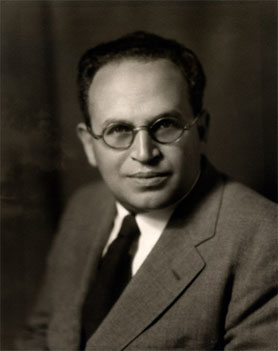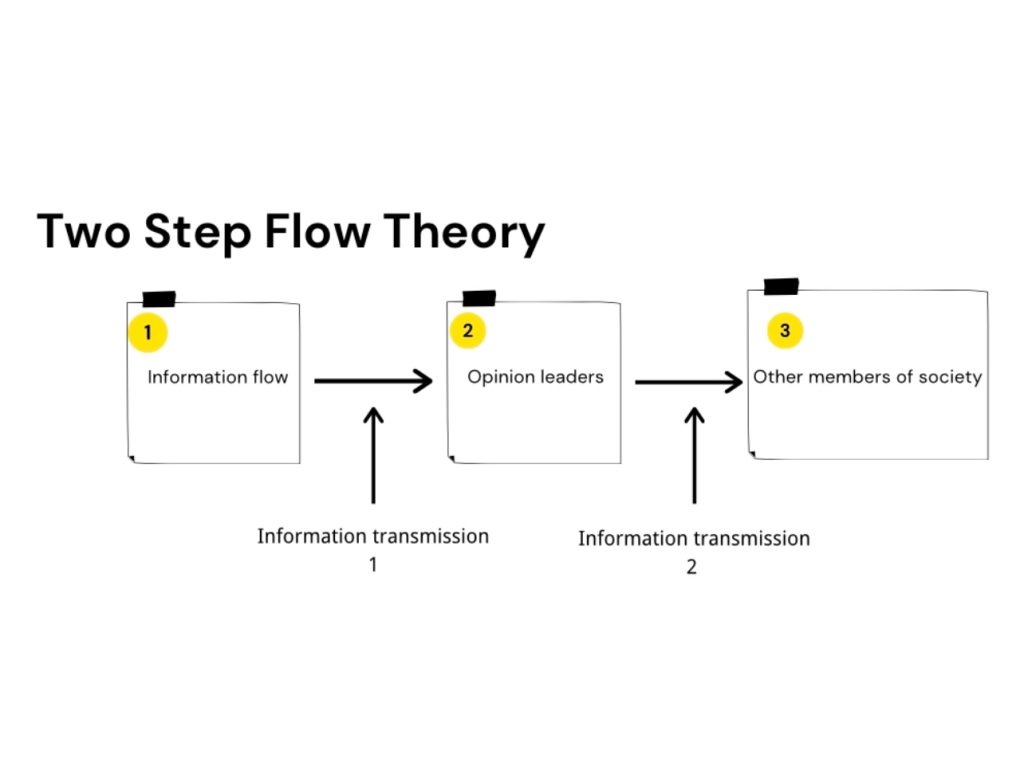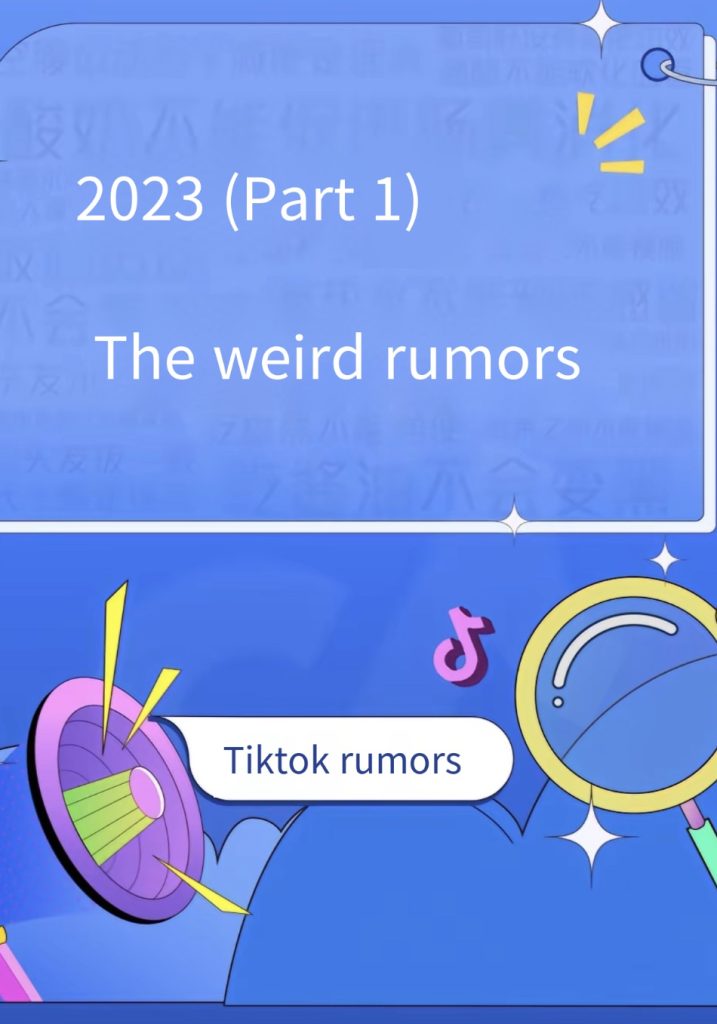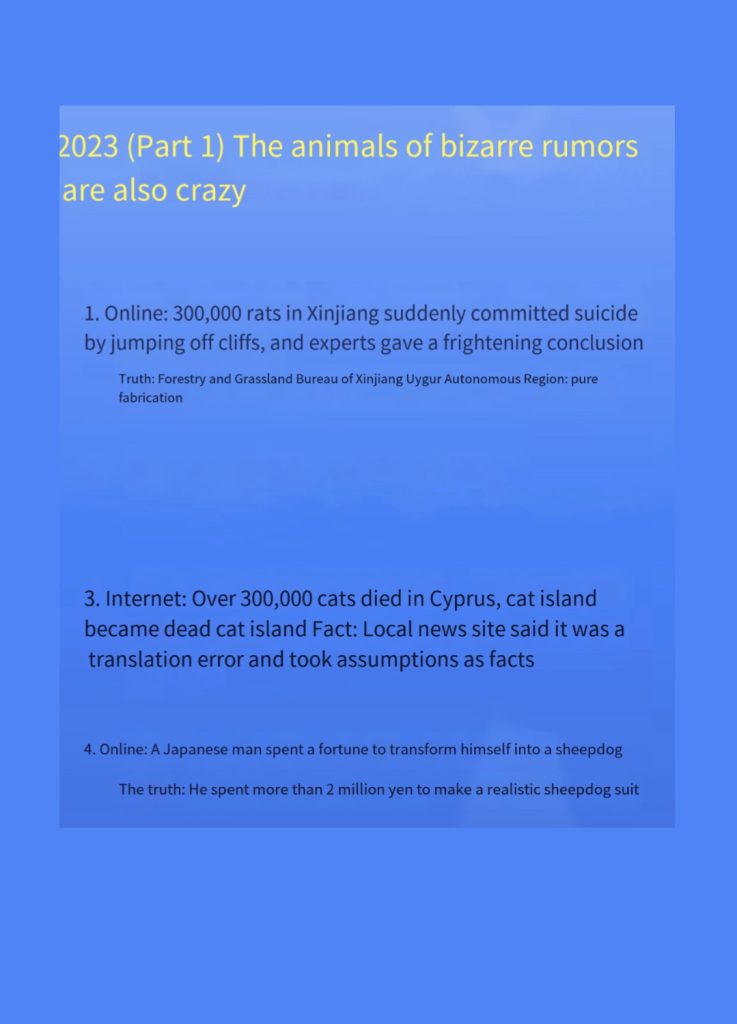Paul F. lazarsfeld is one of the four founders of communication studies. Today, we will analyze in detail and illustrate some drawbacks of this theory by giving examples.
Paul Lazarsfeld is an Austrian-American sociologist and one of the four founders of communication. He put forward the “two step flow theory”, which opened the way for the study of communication effect and communication mechanism.[1]

He believes that the vast majority of radio and television programs, movies, magazines, and a considerable number of books and newspapers serve the purpose of entertainment and affect the public’s ability to appreciate. The average aesthetic taste and appreciation of the audience has declined.

From the mind map, we can see that information is transmitted to the general public by opinion leaders (who have more access to media and know more information content than ordinary people), that is to say, information is obtained through secondary communication.
Theory in the present embodiment
In the Internet re-era, the way ordinary people received information was often through relatives, friends or newspapers and books. So this kind of propagation is basically in line with the two-part flow theory. At that time, the message was still reaching the majority through the small number of people who received more information.
But now, with the rise of the Internet, the two-step flow theory gradually began to fall behind. Due to the emergence of “we media”, more and more people become “opinion leaders”, but these messages are often obtained after two, three or more times of transmission.
“After a sentence is conveyed several times by several people, its meaning can be spread or distorted.”
This is what psychologist Miles calls the tendency of individuals to change their behavior and beliefs in response to real or imagined group pressure. It’s what we often call the “herd mentality.”[2]
In August 2023, China’s Tiktok official released the latest “online news refuting rumors” (pictured),[3] which has a total of eighteen articles. Fake news is spreading rapidly on the Internet. These fake news are the result of repeated dissemination by the “we media” as the recipient. Ordinary people tend to regard the content published by opinion leaders as a fact, resulting in the problem of incorrect information ships.
However, from another perspective, it does confirm Lazarsfeld’s idea that as the spread of fake news becomes more and more widespread, the audience’s appreciation ability will indeed be affected. In other words, when the quality of output declines, it will indirectly lead to the decline of the public’s aesthetic.[4]
Summary
In conclusion, It can be seen that with the development of the Internet, the number of opinion leaders has increased and the speed of news dissemination is faster. The content of the transmitted information is inaccurate. The two step theory may no longer apply.
References
[1] Lazarsfeld, P.F., Berelson, B. and Gaudet, H. (1968) The people’s choice : how the voter makes up his mind in a presidential campaign. 3d ed. New York ;: London.
[2] Myers, D., Myers, D. and Twenge, J.M. (2021) Social psychology. Fourteenth edition. New York: McGraw Hill.
[3] https://v.douyin.com/idbYbVCS/
[4] Napoli, P. M. (2003). Audience economics: Media institutions and the audience marketplace. Columbia University Press.




I think opinion leaders are not only the transmitters of information, but also the interpreters of information. Under the new media environment, the rational analyses of opinion leaders also shift more towards emotional catharsis. Being in the network communication environment, opinion leaders will inevitably be influenced by the fragmented thinking of the Internet, and more often replace in-depth and meticulous rational thinking with fragmented emotional venting. At the same time, in the face of the huge number of Internet onlookers, emotional expression is obviously more capable of triggering the public’s emotional resonance. This may also be the reason why more and more fake news is appearing and spreading, and why people are more willing to believe in incorrect information released by opinion leaders.
I am very interested in opinion leaders, and the current opinion leaders have gradually changed from single to comprehensive. With the advent of the new media era, the fragmentation and niche of communication have become the general trend. Today’s online opinion leaders can make full use of various social networks and communication tools in the new media era to express their views and convey the information they want to disseminate to the audience more quickly and timely. The abundance of communication channels makes it possible for opinion leaders to express themselves in a diversified manner.
I couldn’t agree more with your insights on TWO STEP FLOW, tiktok is a great example. As more and more people use social media, this often comes with more and more rumours being generated. And two step flow as a method of communication is becoming less clear. For example, some experts come up with a zero sucrose drink and then post a report about it, but some social media outlets with no nutritional knowledge base mistakenly think that zero sucrose drinks are sugar-free, so they go on a rampage to bash the experts, and end up creating misunderstandings.